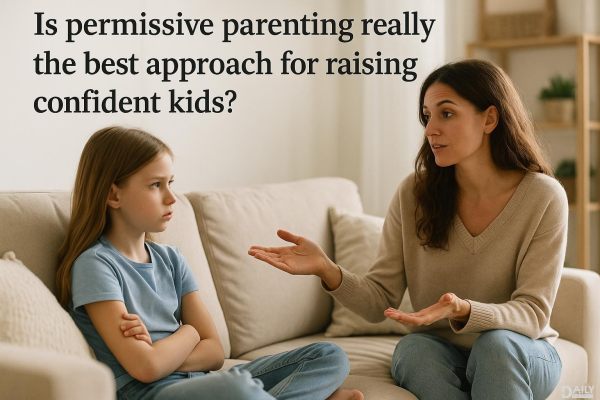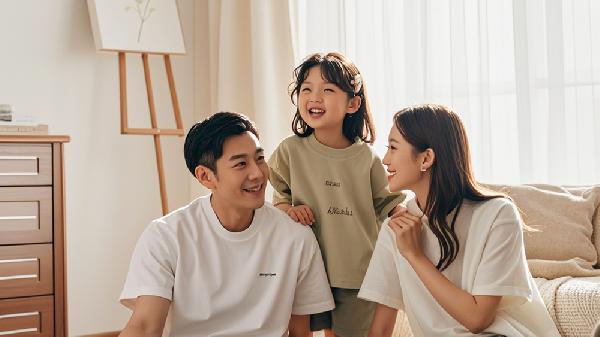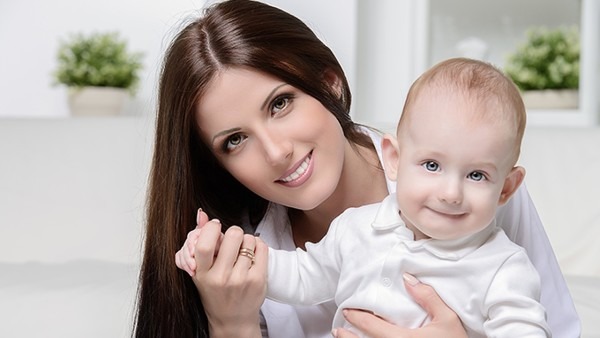Attachment parenting is all about fostering a deep, intuitive connection between parents and their children from day one. The idea is to be so in tune with your kid that you can anticipate their needs before they even cry—like some kind of baby whisperer. But while this approach has its die-hard fans (looking at you, Kourtney Kardashian), it’s not without its critics. Some argue it can create clingy kids and exhausted parents. So, what’s the real deal with attachment parenting? Let’s break it down.
The Roots of Attachment Parenting
Attachment parenting isn’t just some trendy buzzword—it’s rooted in psychology. The concept comes from attachment theory, developed by British psychologist John Bowlby back in the late 1950s. His research suggested that humans are hardwired to seek close bonds with caregivers for survival and emotional stability. Fast-forward to today, and attachment parenting takes that theory and runs with it, emphasizing constant physical and emotional closeness between parent and child.
According to Dr. Mayra Mendez, a licensed psychotherapist, this parenting style is all about "promoting physical connection, emotional reciprocity, and understanding between parent and baby." In simpler terms? It’s about being so in sync with your kid that you practically share a brain. Dr. Robert Keder, a pediatrician specializing in developmental behavior, adds that the ultimate goal is to create a strong, nurturing relationship where kids feel secure enough to explore the world—but always know they have a safe place to return to.
What Attachment Parenting Looks Like in Action
If you’re picturing a mom wearing her baby in a sling 24/7 while co-sleeping and breastfeeding on demand, you’re not far off. Attachment parenting encourages constant physical closeness—baby-wearing, co-sleeping, and extended breastfeeding (think beyond the one-year mark). The idea is that immediate responsiveness to a baby’s cries builds trust and emotional security.
But it’s not just about the baby phase. As kids grow, attachment parenting evolves into maintaining open communication and shared activities. The core principle stays the same: the child should always feel emotionally supported and understood. "Kids learn that they can make mistakes, but they have a safe adult to come back to," Dr. Keder explains. "That foundation helps them navigate challenges later in life."
The Upsides: Why Some Parents Swear By It
Proponents of attachment parenting argue that it sets kids up for emotional resilience. Dr. Mendez points out that this style promotes social-emotional reciprocity—basically, teaching kids how to read and respond to emotions early on. That can lead to better stress management, stronger relationships, and even improved cognitive development.
There’s also the argument that kids raised with this approach tend to be more secure. Because they’ve always had their needs met quickly, they develop confidence in their environment. "A child who can manage stress and emotions effectively will have better outcomes in school and relationships," Dr. Mendez says. For parents, the bond can feel incredibly rewarding—like you and your kid are an unbeatable team.
The Downsides: When Closeness Becomes Too Much
Of course, no parenting style is perfect. One major critique of attachment parenting is that it can foster dependency. If kids are used to having every need anticipated and met instantly, they might struggle with independence later. "The challenge is knowing when to step back and let kids practice the skills they’ve learned," Dr. Keder says.
There’s also the risk of overprotectiveness. Dr. Mendez warns that too much attachment can isolate kids from social experiences. If they’re always glued to a parent, they might miss out on learning how to interact with peers or handle minor frustrations on their own.
Then there’s the practical stuff—like sleep. The American Academy of Pediatrics (AAP) advises against bed-sharing due to safety risks like SIDS, but attachment parenting often encourages it. Dr. Mendez notes that this can create tension between parenting philosophies and real-world logistics (like exhausted parents needing their own space). Plus, the heavy emphasis on breastfeeding can leave moms who can’t nurse feeling guilty, even though fed is best.
Finding the Balance
So, is attachment parenting the way to go? Like most things in parenting, it depends. Dr. Keder stresses that while being closely attached to your child isn’t harmful, it’s important to balance that connection with opportunities for independence. "You don’t want to be so focused on meeting every immediate need that you forget to prepare them for the next stage," he says.
At the end of the day, parenting isn’t one-size-fits-all. Attachment parenting works beautifully for some families, while others might find a modified approach—like responsive parenting without the 24/7 physical closeness—more sustainable. The key is staying attuned to your child’s needs while also giving them room to grow.
Whether you’re all-in on baby-wearing and co-sleeping or prefer a more flexible style, the most important thing is that your child feels loved and secure. Because no matter the method, that’s what really sets them up for success.
























